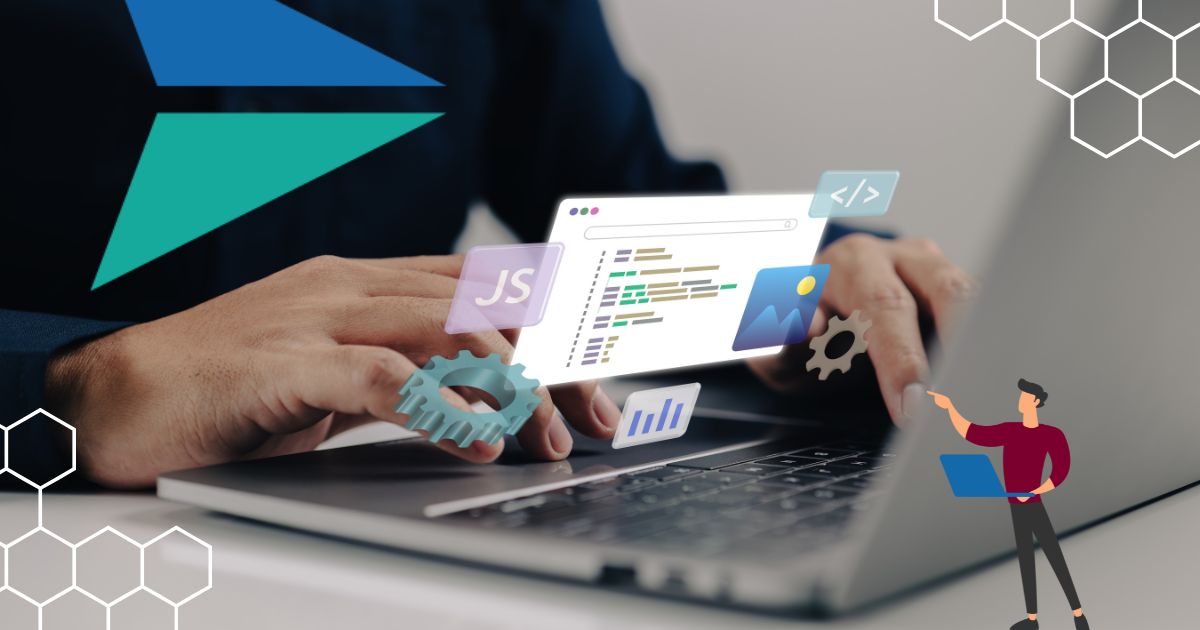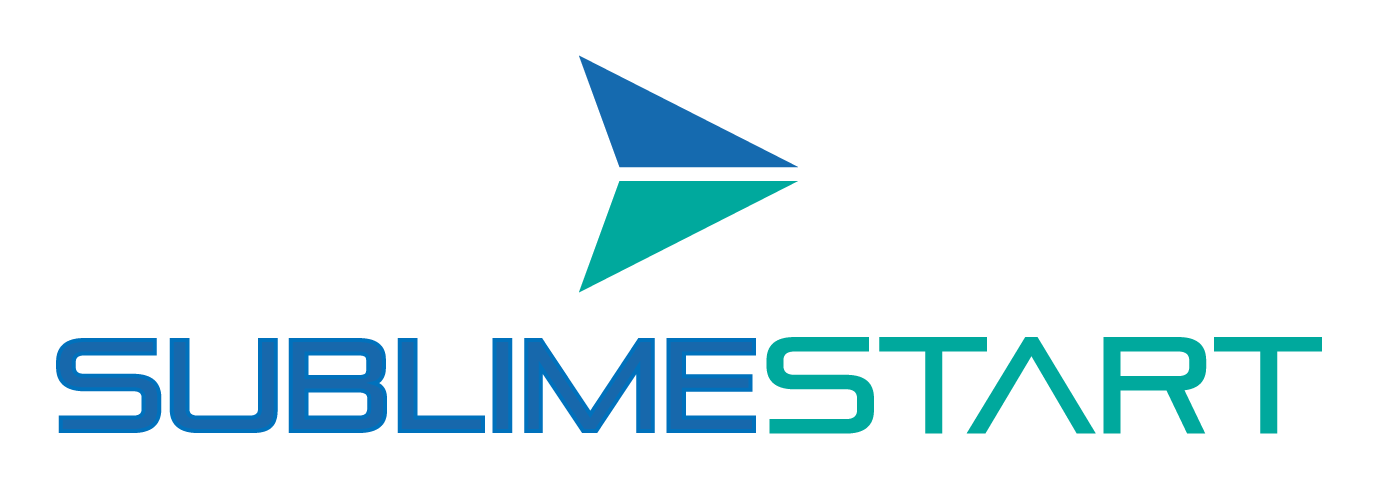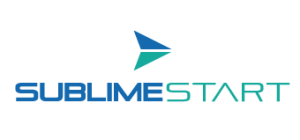How long does it take to make a website?
How long does it take to build a website? This is a central question for many businesses, as it is typically a very time-consuming process. To create a website, companies should count on three to four months for the entire process, depending on the steps involved. This is a significant time for organisations, whether you are creating a simple landing page or a more complex site, such a website can require different levels of effort and planning. Next to this, many organisations face the frustration of delayed website development, with projects dragging on longer than expected. This can lead to missed opportunities and hinder your business growth. Software development projects often face similar challenges with timelines and complexity. To overcome this, we’ve compiled a set of actionable tips to streamline your website building journey. We’ll cover the website creation process, including key factors that influence timelines and efficiency.
How much time does the website building process take?
Making a website can take between 5 and 400 hours. It really depends on the requirements and how skillful the creator is. The total time also depends on the project’s scope, website’s complexity, and whether you need custom features or a functional custom designed website. In the following chart, we showcase the type of work and an estimated time for each. Note that texts and images are not always included in the time to create a website. This will add even more time.
|
Website Type |
Complexity | Estimated Time |
Notes |
|---|---|---|---|
| Basic Landing Page | Low | 5 – 10 hours | Requires basic design, text, and contact forms. A one page website is a fast, streamlined option. |
| Small Business Website | Low-Medium | 10 – 30 hours | Several pages with static content and basic branding. Simple websites like portfolios or small business pages can be completed rapidly. |
| Corporate website | Medium | 30 – 125 hours | Complex lead generation website, customised service pages. |
| E-commerce Website | Medium-High | 50 – 200 hours | Product listings and information, shopping cart, payment integration. Online stores require features like payment gateways and security, which can increase timeframes. |
| Custom Website | High | 200 – 400 hours | Unique functionality, complex development, and custom development work. |
| Personal Blog | Low | 5 – 15 hours | Personal blogs are simple websites that can be built quickly, often using a content management system like WordPress. |
| WordPress Website | Varies | 5 – 200+ hours | WordPress websites can range from simple blogs to complex enterprise solutions, depending on the use of plugins, themes, |
Basic sites
Basic sites are cost-effective and quick to build, often requiring minimal customization. Simple websites, such as portfolios, personal blogs, or small business pages, can often be completed in a matter of hours or a few days, especially when using a site builder or the most popular website builders. A one page website is a particularly fast option for landing pages or events.
Web apps and online stores
Building a web app involves more complex features, integrations, and custom development work, which significantly increases the timeline compared to basic sites. Web apps often require advanced coding, dashboards, and API integrations, making them more time-consuming.
In the case of online stores, consider the additional time needed for features like product management, payment integration, and security. Online stores typically take longer than other sites due to these requirements.
WordPress websites
A WordPress website is a popular choice for many projects. WordPress websites are highly flexible and can be built quickly for simple needs or expanded with custom features for more complex requirements. For this websites you can use content management systems to reduce customization time and make it easier to manage web pages and updates.
Are online site builders convenient?
Site builders and popular website creation platforms make it easy to build a website quickly using intuitive interfaces, ready-made templates, and integrated AI tools. They’re ideal for simple or one-page websites, while more complex needs may require a full content management system or custom development work.
Once the website is ready, you need to choose a reliable hosting provider. Good web hosting securely stores your site files, supports performance optimization, and contributes to faster load times and a better user experience.
However, if site builders aren’t your thing you can hire a professional developer or a team of professional developers and web developers. They will ensure industry-standard practices, higher quality, and faster delivery, especially for complex or custom projects. Website cost will vary based on the complexity, features, and whether you use a site builder, content management system, or custom development.
7 important considerations about website creation
Creating a website is a strategic process that blends creativity, technology, and planning. Understanding what goes into the process helps you set realistic expectations and make smarter decisions. Here are seven key considerations to keep in mind when creating a website:
1.The Expertise of Your Development Team
Your development team plays a major role in how smoothly and quickly your project moves from concept to launch. Their experience, team size, and communication style directly influence the timeline and the overall quality of the final product.
2. A Strong Web Design Process
Design is more than aesthetics—it’s about building a memorable user experience and a cohesive brand presence. Thoughtfully chosen images, buttons, typography, and color schemes work together to create a consistent and visually appealing website.
3. Essential Quality Assurance Testing
Before launching, QA testing ensures your website works seamlessly across mobile devices and different screen sizes. This step helps identify bugs, confirm functionality, and produce a more reliable and accessible final product.
4. Custom Features Affect Timeline and Cost
Adding custom functionality or developing complex integrations will extend the timeline. The more unique features and technical requirements your site has, the more time and investment it will take to complete.
5. Clear Project Scope Sets the Pace
Proper planning is crucial. Defining the project scope upfront helps manage resources, align expectations, and understand the overall complexity. Certain phases—like content creation and testing—may take one to two weeks each, and a full build can span several weeks depending on your needs.
6. Estimating Hours Comes With Experience
Accurate timelines rely on experience. Understanding how different page types, features, and tools impact complexity allows professionals to estimate development hours more reliably.
7. AI Tools Can Speed Up the Process
Modern AI tools help accelerate both design and development. They streamline workflows, improve performance optimization, and make it easier to adapt your website for mobile devices and various screen sizes.
Planning and Preparation: Defining Your Project Scope and Goals
A successful website starts long before the first line of code is written, it begins with careful planning and preparation. The website building process is most effective when you take the time to define your project scope and set clear goals from the outset. This foundational step in building a website helps ensure that your final product aligns with your business objectives and truly connects with your target audience.
Which is the aim of your website?
Start by clarifying the purpose of your website. Are you aiming to launch a personal blog, a company website, or a fully functional online store? Understanding your site’s purpose will help you determine the type of website you need. Decide whether you need a basic website, a multi-page website, or a custom website with advanced features. The complexity of your website project will directly impact the web development timeline, so it’s important to be realistic about your requirements from the beginning.
Who will visit your website?
Next, identify your target audience and consider what they expect from your website. A user-friendly interface, intuitive navigation, and relevant content are essential for keeping visitors engaged. Think about the web pages and features your audience will find most valuable, such as contact forms, product listings, or a blog section. Outlining these elements early in the development process will help you and your web developer stay focused and efficient.
What is the message?
Content creation is another key part of the planning phase. Prepare your website content, including text, images, and multimedia, before development begins. This not only speeds up the website building process but also ensures that your messaging is clear and consistent across all pages. Don’t forget to factor in search engine optimization (SEO) strategies to help your new website reach its intended audience.
How do you want visitors to interact with your website?
When it comes to functionality, decide whether you need a simple website that can be built in just a few hours using a website builder, or if your project requires custom code and advanced features that may take several weeks or even months to develop. For example, developers can create a basic site or single page website in a few hours to a few days. Instead, the development process may be longer if they need to create a custom website or ecommerce website with complex functionality.

4 tips to manage the time that is required
The timely completion of your website depends on a collaborative effort between the website builder, the development team, and you, the client. Top tips to manage your time:
- Create agreements with your website builder. Discuss timelines, deliverables, and potential contingencies, making sure to include the development team in these discussions. Ensuring both parties understand the expectations and obligations will set a solid foundation for a smooth collaboration.
- Select a competent website builder. Their dedication, responsiveness, and experience play a crucial role in project efficiency. A qualified website builder will adhere to deadlines and ensure your website is completed within the agreed time frame.
- Plan ahead: If you need a new website, ensure you at least have 2 months of time extra than the expected time to create it. When estimating time and planning for delays, always consider the project’s scope, as larger or more complex projects may require additional time. Frequently, technical obstacles or design flaws lead to delays, so planning ahead will ensure that your project is more likely to be on time for launch.
What can the website owners do to speed up the process?
You might want to speed up the process when you have a deadline coming up fast. The completion time of your website depends on a collaborative effort between you, the client, and your website developer / agency, and there are several things you can do to speed up the process.
- Make a website features list: Write down a list of essential features that you website requires, for example pages such as calendar, contact form, webshop, product / services pages .
- Share a marketing briefing: Website builders will better understand what is needed when it is clear what the target group is and what the USP are of your product/service.
- Prepare your content in advance: Provide content for the developer to add to the website pages you require, including texts, images, and multimedia.
- Send design references: Think about the branding & design of your website and give examples of websites that you like and already have what you want to have.
- Provide fast feedback: Stay actively involved in the development process by providing feedback and answering questions promptly.
What can a professional website builder do to speed up the process?
Website builders often have their own ways to work. However, there are several basic things they can do to help their clients get a web page faster.
- Defining roles and responsibilities: Create a clear plan that will describe the tasks, deadlines and responsibilities to avoid bottlenecks.
- Send a requirements list: By using questionnaires, templates, and frameworks, developers can learn faster and more efficiently what is needed within the website.
- Feedback system: A feedback system such as Sketch, Figma, Adobe XD, Webflow, and Canva can help to get easier feedback on the website development.
- Short meetings and updates: Presenting the process without showing to many unnecessary details, the developer can keep you update without wasting precious time.
The difference between most website builders and SublimeStart
SublimeStart stands apart from other website builders by offering not just website creation but also advertising and content support to ensure your online presence is a success. While site builders and the most popular website builders provide quick solutions with user-friendly interfaces and templates, they may lack the level of customization and ownership that some businesses require. The process with SublimeStart involves close collaboration from the outset, guiding you in defining your target audience, mapping their journey to conversion, and establishing clear goals.
We can make the website process faster with quick meetings ensuring we capture every aspect of your website vision. The use of AI tools can further accelerate website creation, streamlining design and development tasks. Once the first meetings have gone by, we’ll craft a captivating draft within two weeks. With the initial draft ready, we welcome your feedback to further aligning your website with your objectives and brand. Typically our approach will have your website online within 2 months.
Are you ready to showcase your business to the world? We would love to be part of your next project! Contact our team today to learn more about our services.






